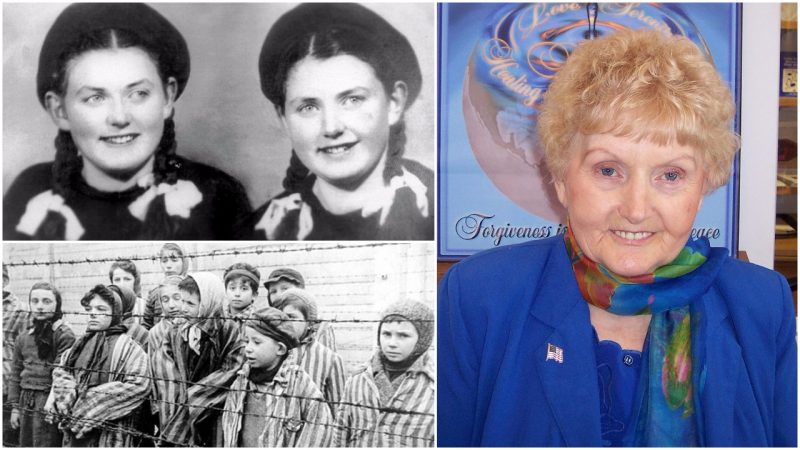The train station at the Auschwitz-Birkenau concentration camp awaited the arrival of the cattle carts, loaded with people. The noise and fuss filled this small world surrounded by barbed wire and watchtowers. Men, women, and children all left their prison transport and stood on the freezing concrete platform on that March day in 1944.
Shouting officers showed no mercy, as no mercy was intended for the Jews who were sent to Auschwitz with one purpose only―to die. To become extinct in the face of an ideology that considered them subhuman.
In 1944, the German armada was pushing its allies to hurry with sweeping their territory clean of Jewish inhabitants. The Eastern Front was collapsing, and the Nazi leadership was well aware that an ultimate triumph was far beyond their grasp.
In a last barbaric push, hundreds of thousands of Jews from all over Europe were hastily transported to the death camps, as if the Nazis were more keen on eradicating them then on winning the war.
Among the Jewish captives was Eva Mozes Kor, deported from the Hungarian-held Cehei ghetto in Transylvania (Romania today) together with her family in 1944. They were originally from the village of Portc, and had managed to survive most of the war years, living in extremely harsh conditions, facing discrimination and hatred from their own neighbors and authorities alike.
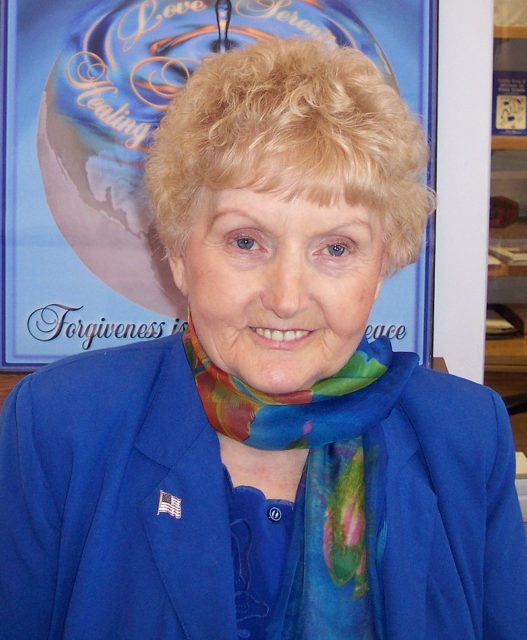
Alexander and Jaffa Mozes, together with their four daughters Edit, Aliz, and the twins Eva and Miriam, were among thousands of others who were collected in the regional ghetto of Cehei and transported to their final destination.
Upon their arrival, the Mozes family was immediately separated―the father together with the daughters Edit and Aliz were taken on the one side, while the mother stayed with the twin girls. She held them close, as it seemed like only seconds separated them from not seeing one another ever again.
This account was later vividly told by Eva, who survived the death camp together with her sister, thanks to a single trait. Being twins determined their survival. Eva revisited Auschwitz on several occasions after the war and stood at the same place where she saw her mother, father, Edit, and Aliz for the last time.
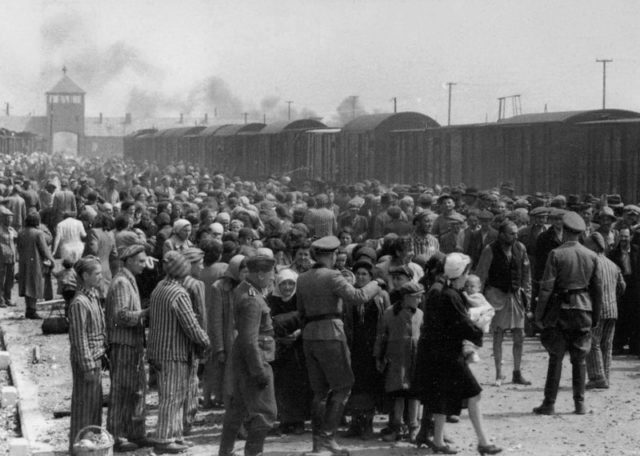
“The SS was running from that direction, yelling in German, ‘Zwillinge, Zwillinge!’ which means ‘twins.’ We did not volunteer any information. He approached us, looked at Miriam and me, we were dressed alike, looked very much alike, and he demanded to know if we were twins.”
After this was confirmed, the girls were taken away, and their mother was left desperate in the crowd that was being sent to their barracks.
But another fate awaited the twins who had been picked out of the crowd―they were subjected to gruesome experiments conducted by none other than the Angel of Death himself, Dr. Joseph Mengele.
Mengele was given a free hand in experimenting on human subjects, an approach unthinkable by any ethical standards in medicine. He was especially interested in twins, for his genetic research revolved around improving the birthrate of the German people.

Eva and Miriam, who were 10 years old at the time, were injected with various substances and they were constantly compared and tested while living the harsh reality of the concentration camp. But as Eva said in a 2006 documentary called Forgiving Dr. Mengele, she concentrated on how to survive the camp, despite all odds.
Her first memory of the children’s barracks in which she was placed was the latrine, in which several dead children were piled up on the floor.
On one occasion, Eva suffered from a terrible fever caused by an injection and was transferred to a makeshift hospital filled with dying test subjects and other living dead who faced extreme starvation. Her limbs became badly swollen and she was unable to move.
She recalls Mengele looking at her chart and saying, “Too bad, she is so young. She has only two weeks to live.”
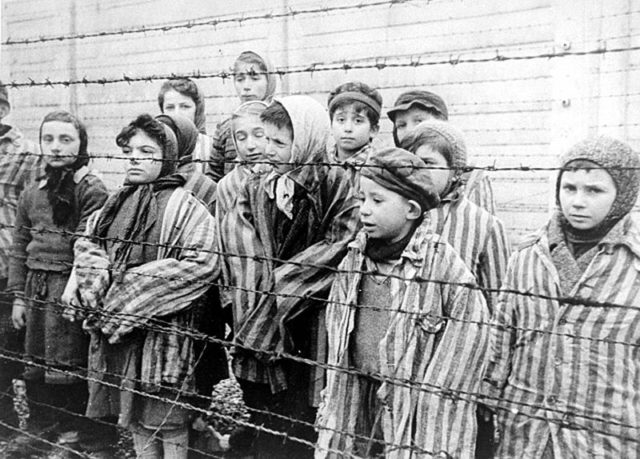
Eva knew that the moment she died, her sister Miriam would become useless for experiments. She would be murdered with a lethal injection and sent for a comparative autopsy. This left no other option for Eva but to survive her illness, and after the two weeks that she wasn’t supposed to survive, she got better and started to heal.
The Soviet Army liberated Auschwitz on January 27, 1945, finding around 180 children among the survivors, most of them being twins. Eva and Miriam were captured on film that day, exiting the barbed wire corridor together with other children who survived this unimaginable peril.
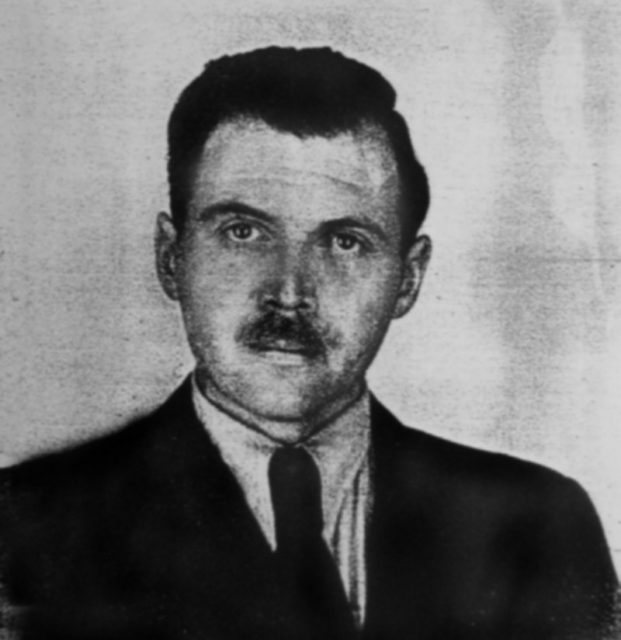
They made it, even though their parents and sisters perished in the gas chambers. The twins returned to Romania for a while, and after that, in 1950, they moved to Israel. Eva recalls that only after reaching Israel did she stop feeling the fear of being persecuted for her ethnicity. For the first time in a decade, she slept through the night.
In 1960, Eva married Michael Kor, who was also a concentration camp survivor. The pair moved to the U.S. and had two children, while Miriam remained and founded her family in Israel.
While in the U.S., Eva established the Children of Auschwitz Nazi Deadly Lab Experiments Survivors (CANDLES) in 1984. The main purpose of this institution remains the education of young people about the horrors of the Holocaust. It also served as a place to reconnect the survivors of the infamous Mengele twins experiments.
The scars left by the 10 months spent in Auschwitz were not gone, even though years had gone by. In 1993, Miriam died from cancer. This was the result of a long struggle with her kidneys. Miriam’s kidneys stopped growing in Auschwitz. This was caused by an unknown substance that was injected into her as a child. She spent her life living with kidneys of a 10-year-old. Doctors were helpless in determining the true cause of this defect, as they needed the files from Auschwitz in order to produce a treatment.

But the Mengele files were long gone, lost in the whirlwind of history. After Miriam’s death, Eva began her quest to find out more about her past and the people who robbed her of her childhood.
She got in touch with a former SS physician who worked in Auschwitz called Hans Münch. Even though he was present during the extermination, he managed to postpone some executions and save lives. For this, he was acquitted of war crimes and was the only person to be granted freedom during the 1947 Auschwitz trials in Kraków, where many inmates testified in his favor.
Dr. Munch welcomed Eva in his home in Bavaria in 1993, just after her sister died. The two had a civilized conversation which was recorded on camera. They agreed to attend the 50th anniversary of the liberation of Auschwitz, which was scheduled to happen in 1995.
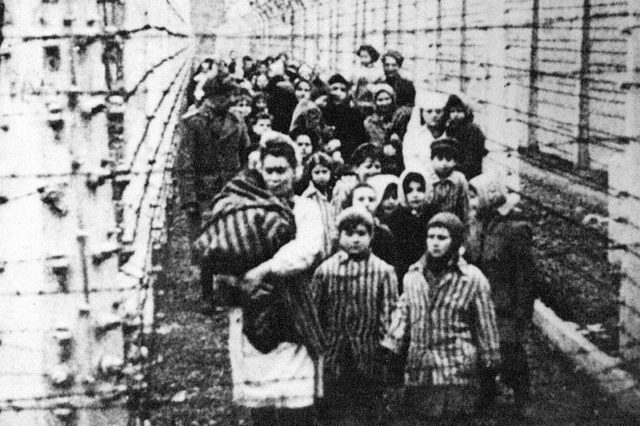
Ten months later, she decided to grant Münch her forgiveness. Eva was resolved to write a letter in which she, a victim of the Holocaust, forgives the Nazi doctor, the perpetrator. She recalls the moment as liberating for her, as she no longer felt like a victim, but was empowered with the gift of forgiveness.
As she was preparing her letter of forgiveness, her English teacher, who supported her in writing it, asked her if she could forgive Mengele as she forgave Münch.
In one of her many interviews, Eva told the anecdote of how she prepared to take the next step and forgive the person most responsible for her torment and the death of her sister. She sat in her room, imagining the situation in which Joseph Mengele was sitting right next to her.
“I picked up a dictionary and wrote 20 nasty words, which I read clear and loud to that make-believe Mengele in the room. And in the end, I said: ‘In spite of all that, I forgive you. Made me feel very good, that I, the little guinea pig of 50 years, even had the power over the Angel of Death of Auschwitz.’ ”

As the anniversary came, Münch and Kor together walked into the former death camp, despite opposition from the other attending survivors.
He signed a document in which he attested the fact that he was part of the SS death machine, confirming the existence and use of gas chambers. Apart from being Münch’s own apology for taking part, the document serves as one of many pieces of evidence against a growing revisionist lobby that tries to deny that the Holocaust ever happened.
After this signing, Eva Kor publicly forgave Münch, Mengele, and all other Nazis who participated in the Holocaust.
“Fifty years after liberation, I Eva Mozes Kor, in my name only, hereby give amnesty to all Nazis who participated, directly or indirectly, in the murder of my family and millions of others, because it’s time to forgive, but not forget. It’s time to heal our souls.”
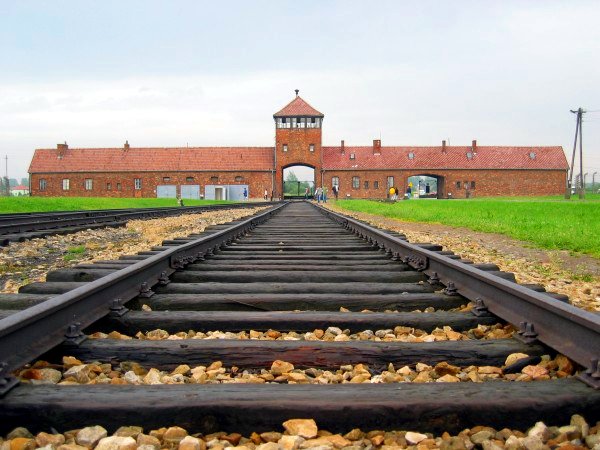
This act was met with strong opposition by other Holocaust survivors, including other former Mengele twins. Eva claims in her interviews, books, and lectures that only in this way, as an active participant with the power to grant or deny forgiveness, can a victim truly heal. But many oppose her, claiming that this leads to the nullification of Nazi war crimes.
“It’s improper, it’s improper. How could she speak in the name of the people who are not alive anymore?” With these words, Jona Laks, who too was part of the Mengele twin program, questioned the subject of Eva’s forgiveness in Forgiving Dr. Mengele. The sisters Herskovic who were in Auschwitz as well have protested against such an approach.
“When you say ‘I forgive them,’ right away the whole picture of Auschwitz, and the walking and the snow, and to be hungry and to be feeling the pain of those shots that Mengele did to us, the whole Auschwitz comes to your mind, to our mind, and I say: how could I forgive them. I really can’t.”
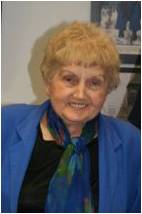
Even though Eva is celebrated as a champion among many Holocaust survivors, her decision to forgive remains controversial. Nevertheless, no one can deny her role in educating people around the world of the horrors of the Holocaust.
“The woman who forgave the Nazis” is now 83 years old. She received numerous awards for her contribution to education and fighting to preserve the painful memory of the 20th century’s most notorious genocide. Most recently, in April 2015, she traveled to Germany to testify in the trial of former Nazi Oskar Gröning. After the trial, she decided to hug Gröning, in yet another act of forgiveness.
